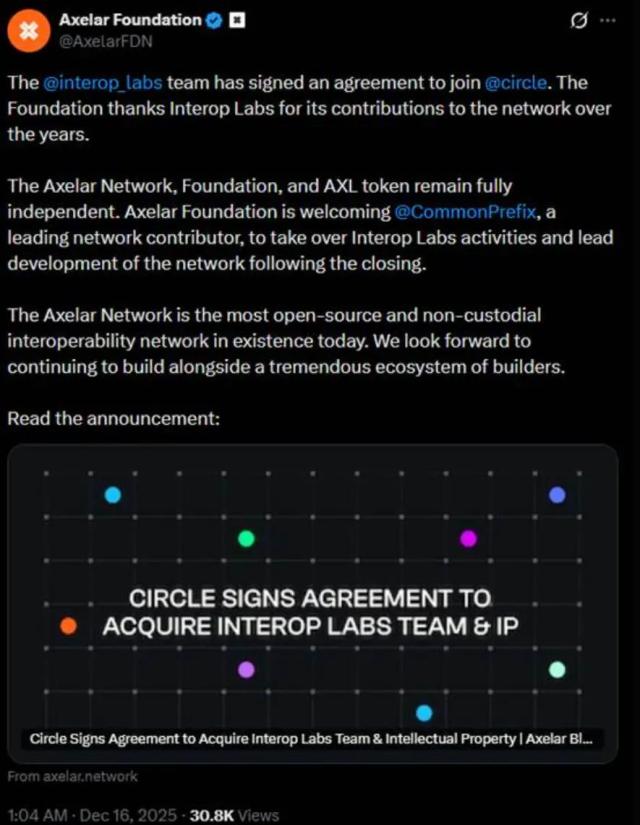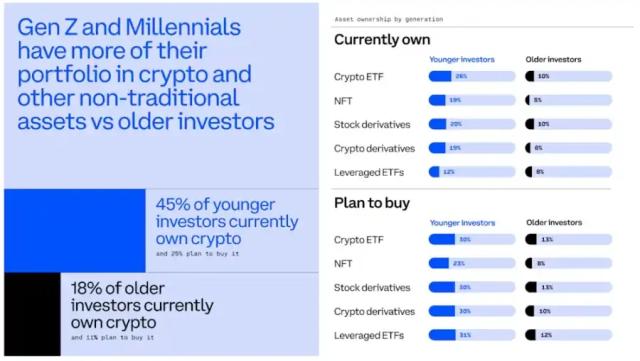
As Solana’s performance gains momentum against Ethereum, is the industry witnessing a significant shift in blockchain liquidity? While Ethereum’s ecosystem has anchored itself with its extensive Layer 2 solutions, the recent surge in Solana’s decentralized exchange (DEX) volume and overall appeal raise questions about Ethereum’s ability to sustain its market share. This article examines the factors driving liquidity movement from Ethereum to Solana, considering both the promising developments and looming concerns within each network.
Solana’s Record-Breaking SOL/ETH Highs
Recent trading data reflects a growing preference for Solana. This rise follows a sustained rally, with Solana gaining approximately 600% against Ethereum since the beginning of 2023. Central to Solana’s price growth has been the popularity of memecoin projects on its platform, which have contributed to an increase in daily DEX trading volumes. As more users move to Solana-based DEXs, Ethereum’s market presence is gradually being challenged.
This shifting dynamic isn’t solely based on speculative interest in memecoins; the appeal also lies in Solana’s lower transaction fees and rapid transaction times. While Ethereum continues to attract higher DEX trading volumes overall, the consistency in Solana’s increased volume indicates a growing preference among users for a platform with fewer transaction costs and faster processing.
Challenges of Layer 2 Solutions on Ethereum
Ethereum’s reliance on Layer 2 solutions for scalability raises questions about its long-term viability compared to Solana’s single-layer structure. Ethereum’s network has become increasingly dependent on Layer 2 solutions to handle transaction volumes and keep fees manageable. While these Layer 2 networks still settle their final state on Ethereum’s mainnet, there is debate about whether they are sustainable for the network or potentially cannibalizing its revenue. For instance, scaling through Layer 2s has reduced Ethereum’s daily fee income from the high levels seen in 2021–2022, dropping to a range of $1 million to $5 million per day.
As a result, concerns over Ethereum’s fee-driven revenue model and its effectiveness as a long-term scaling solution have fueled some hesitation among investors. The growing gap between Ethereum’s fees and its Layer 2 solutions, such as those utilized by Uniswap, suggests that while Layer 2s improve scalability, they may also dilute Ethereum’s revenue. This has sparked fears that Ethereum’s core fundamentals could be compromised, especially as competing blockchains with lower fees gain favor.
Increased Activity and Value on Solana
In contrast to Ethereum’s Layer 2 complexities, Solana offers a simpler, single-layer structure that appeals to users seeking low fees and fast transactions. Recent data shows that Solana’s DEX volume has increased by over 67% compared to Ethereum in recent months, suggesting a possible migration of user activity from Ethereum to Solana. Solana’s TVL has also increased by 12%, further underscoring the interest in its blockchain for DeFi and DEX activities.
Another indicator of Solana’s growing market relevance is the expanding volume across its DEX platforms. Projects like Raydium and Lifinity have experienced considerable volume increases in recent weeks, showing Solana’s ability to attract significant liquidity away from Ethereum. The network’s rapid transaction processing times and relatively low fees make it an attractive alternative for users currently facing Ethereum’s high transaction costs.
Concerns Over Ethereum’s Market Weakness
Ethereum’s recent price decline reflects broader concerns surrounding its market fundamentals, especially in relation to the rising appeal of other blockchains. Ethereum’s price dropped below $2,500 following a larger cryptocurrency market dip, but its decline has been more severe compared to other assets, such as Bitcoin and Solana. Ethereum’s total value locked (TVL) and staking activity have also decreased in recent months, as validators withdraw their holdings in response to the current fee structure and lower yields.
The uncertainty around Ethereum’s scalability improvements, including the upcoming Prague-Electra upgrade, contributes to this caution. While Ethereum has previously shown resilience, investors remain wary of potential delays and whether the upgrades will effectively address the network’s congestion issues. Without clear solutions to reduce fees and manage transaction demand, Ethereum’s appeal may continue to wane as competitors gain traction.
Ethereum’s Path Forward: Innovation or Erosion?
The competition between Ethereum and Solana reflects broader questions about blockchain infrastructure and user preferences. Ethereum’s ecosystem has undeniable advantages in terms of adoption and developer activity, but as alternative blockchains like Solana simplify user experience and reduce costs, they gain an increasing share of the market’s attention. The continued growth of Solana highlights a potential realignment of liquidity in favor of more cost-effective networks. Ethereum’s ability to retain its dominance may depend on the success of its upgrades and whether Layer 2 solutions can sustainably support its network. As blockchain technology evolves, the market may see a new balance of power based on efficiency, scalability, and user-centric innovations that address key pain points.
Download the BingX exchange app (mac / android) today and start trading and investing in SOL or ETH. Whether you’re a seasoned crypto enthusiast or a newcomer, BingX provides a safe and user-friendly platform to explore and invest in exciting cryptocurrencies. Don’t miss out on the opportunity of a lifetime and ensure you have access to a dependable cryptocurrency exchange to address your trading and investment needs.
Disclaimer: BingX does not endorse and is not responsible for or liable for any content, accuracy, quality, advertising, products, or other materials on this page. Readers should do their own research before taking any actions related to the company. BingX is not responsible, directly or indirectly, for any damage or loss caused or alleged to be caused by or in connection with the use of or reliance on any content, goods, or services mentioned in the article.









